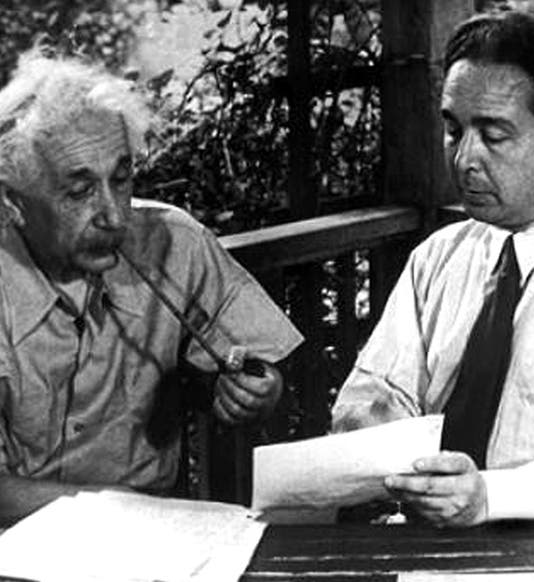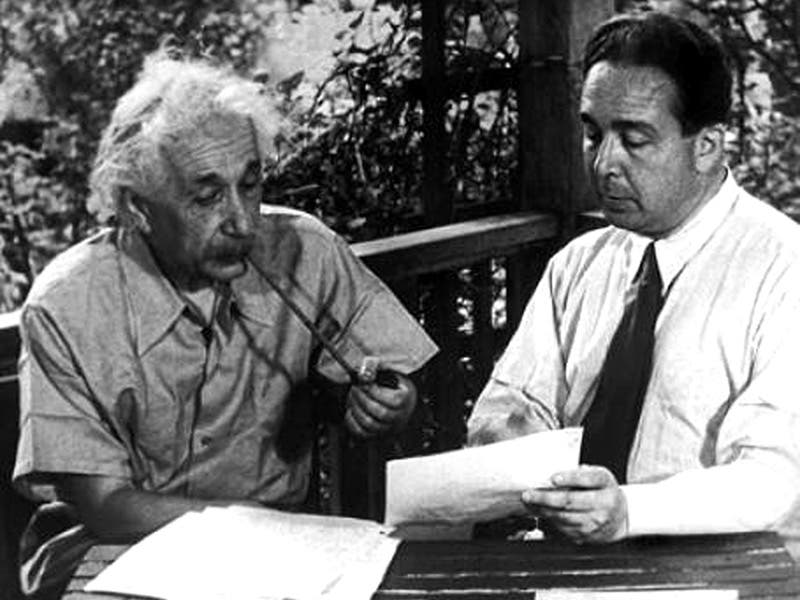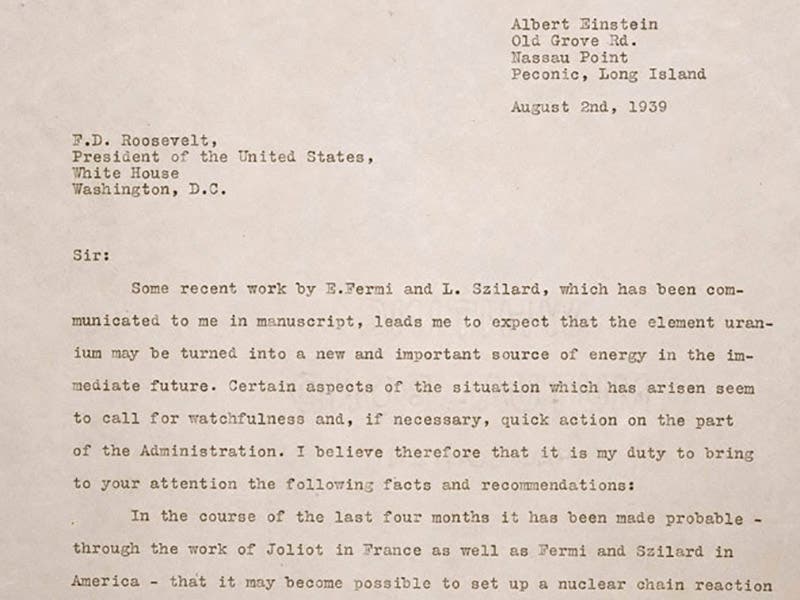Scientist of the Day - Leo Szilard
Leo Szilard, a Hungarian-American physicist, was born in Budapest on Feb. 11, 1898. On Sep. 12, 1933, while in London, Szilard read a newspaper account of an address by the English physicist, Ernest Rutherford, in which Rutherford denied the possibility of extracting useful energy from nuclear reactions; in fact, he called such ideas "moonshine." Szilard, by his own account, was furious at such negativism, threw down the paper, and went for a walk through the streets of London, putting his considerable mind to the challenge. He was waiting for the light to change, on a corner near the British Museum, when the idea came to him: what if there were an element that, when struck by one neutron, emitted two neutrons in consequence. If so, a nuclear chain reaction would result, with the number of neutrons rapidly growing into the billions. The total energy produced by such a chain reaction would be almost limitless. This was five years before nuclear fission was actually discovered, but when the atom was split, the consequences were immediately understood, thanks to Szilard.
Some time later, in August of 1939, Szilard came to Princeton to talk to Albert Einstein, and Szilard convinced Einstein to send a letter to President Roosevelt (which Szilard had already drafted), stressing the importance of initiating work on an atomic bomb. As a result, the Manhattan Project was launched. There is a famous Life magazine photograph that captures this momentous meeting between Einstein and Szilard, even if it was a re-enactment (first image). The beginning of the letter is shown in the second image.
Szilard went on to become chief physicist at Met Lab, the code name for the project directed by Enrico Fermi to construct a self-sustaining reactor at the University of Chicago. Chicago Pile-1 (third image) was a success, and a re-union photograph of the chief participants (fourth image) includes Fermi at front left, and Szilard as third from the right, in the white lab coat.
Dr. William B. Ashworth, Jr., Consultant for the History of Science, Linda Hall Library and Associate Professor, Department of History, University of Missouri-Kansas City. Comments or corrections are welcome; please direct to ashworthw@umkc.edu.







![Columbine, hand-colored woodcut, [Gart der Gesundheit], printed by Peter Schoeffer, Mainz, chap. 162, 1485 (Linda Hall Library)](https://assets-us-01.kc-usercontent.com:443/9dd25524-761a-000d-d79f-86a5086d4774/3829b99e-a030-4a36-8bdd-27295454c30c/gart1.jpg?w=210&h=210&auto=format&fit=crop)


